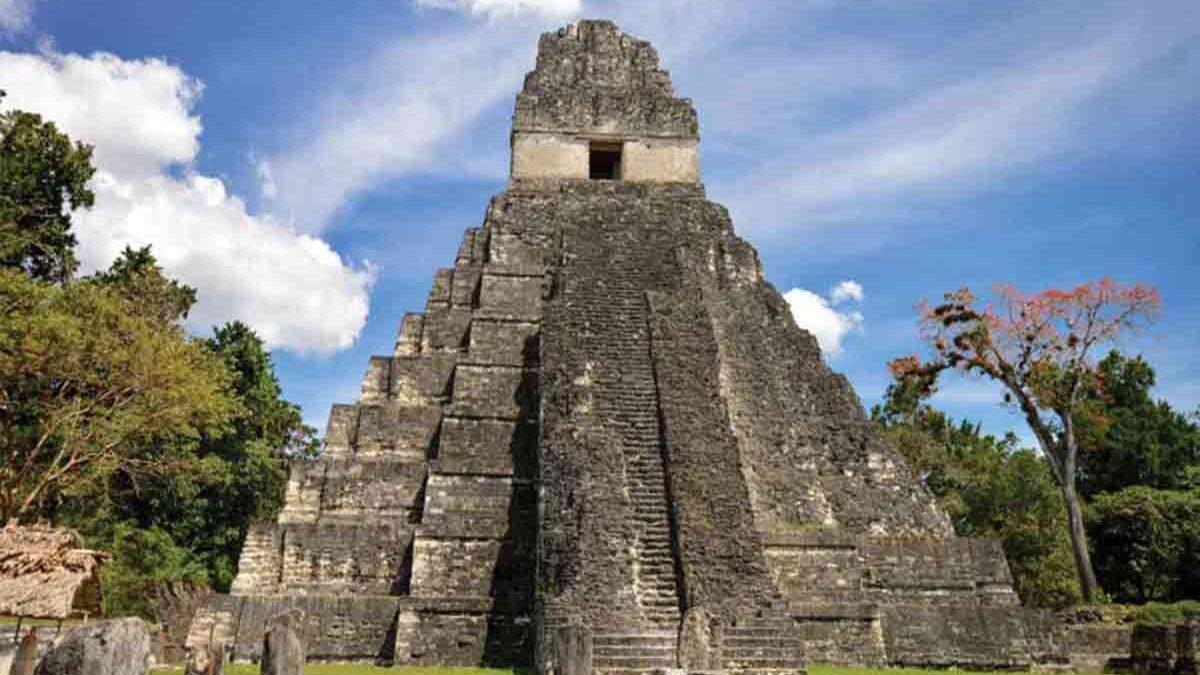Tikal National Park
Tikal National Park is located in the heart of the Petén jungle of northern Guatemala and is a UNESCO World Heritage Site. The park covers an area of 576 km2 and is home to the ancient Maya city of Tikal, one of the largest and most important archaeological sites in the world. Tikal was a thriving city during the Classic Maya period, from 200 to 900 AD, with a population estimated at over 100,000. The city was a political, economic, and cultural center, with towering pyramids, palaces, plazas, and temples that reflect the grandeur and sophistication of the ancient Maya civilization. The most impressive structures at Tikal are the massive pyramids, which served as temples and tombs. The Temple of the Grand Jaguar and the Temple of the Masks is the largest and most famous pyramids, standing over 70 meters tall. These towering structures are surrounded by smaller pyramids, palaces, and plazas, all connected by a network of causeways and sacbeob, ancient Maya roads. One of the unique features of Tikal is its location in the heart of the jungle, surrounded by lush vegetation and wildlife. Visitors to the park can take a jungle walk and observe a variety of animals and plants, including monkeys, toucans, parrots, and orchids. There are also several lakes within the park, home to a variety of water birds and other aquatic life. Tikal is also known for its impressive acoustics, particularly in the Grand Plaza, where the sound of a whisper can carry across the entire plaza. This is due to the architectural design of the pyramids and plazas, which were built to enhance sound and create a powerful experience for the ancient Maya people during ceremonies and rituals. Visitors to Tikal can take guided tours of the site, which provide in-depth information about the history and architecture of the ancient city. There are also several museums within the park, showcasing artifacts and information about the ancient Maya civilization. In addition to the main archaeological site, Tikal National Park also includes several smaller ruins and settlements, providing a glimpse into the complex network of cities and trade routes that existed during the Classic Maya period. Tikal is an important destination for tourists, archaeologists, and historians and continues to be a source of ongoing research and discovery. Excavations are ongoing at the site, and new structures and artifacts are regularly being uncovered, providing a deeper understanding of the ancient Maya civilization and its impact on the world. In conclusion, Tikal National Park is a remarkable site that offers a window into the past and provides a glimpse into the grandeur and sophistication of the ancient Maya civilization. With its towering pyramids, lush jungle, and rich history, Tikal is a must-see destination for anyone interested in archaeology, history, or nature.




